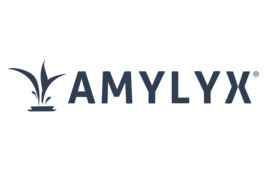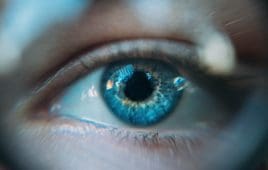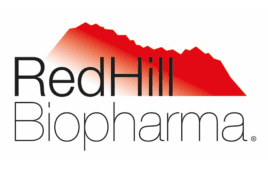In total, approximately 7,000 rare diseases have been identified—with many more being discovered every year. While a single orphan disease may affect just a handful of individuals, the global impact is significant: in the United States alone between 25 and 35 million people are estimated to be diagnosed with a rare disease, with 50-66 percent of known rare diseases affecting children. There is a clear, unmet clinical need within the rare disease community, which has led to an increased focus on developing novel therapies.
One of the key advances in rare disease drug development has been patient segmentation in clinical trials, based on increased understanding of disease biology, identification of mutations and the use of biomarkers. This segmentation allows for more targeted clinical trials, but poses challenges associated with small patient populations within each segment. By definition, a rare disease affects a small group of individuals (ranging anywhere from less than 10 patients to a few thousand), and segmentation further divides this population. Given this limitation, robust preclinical data packages are essential to increasing the chance that clinical endpoints will be met in trials. Identifying endpoints in research models, using translational methods such as imaging or cognitive testing, can be used repurposed as endpoints in clinical trials.
Research models are an essential component to understanding the biology of specific rare diseases, as a model contains a complete interactive physiology that allows the evaluation of therapies in a more meaningful context. While models typically do not fully recapitulate disease pathophysiology, they express many disease characteristics similar to human patients. It is critical to understand what limitations and similarities models have, as it allows researchers to create relevant clinical context to apply preclinical research data. This allows researchers to understand biological phenomena of a disease in the context of different species, which has been done successfully, although not perfectly, for some rare diseases.
Several rare diseases are associated with single-gene mutations, resulting in a disease phenotype at the cellular, tissue and organ level. In theory, introducing the mutation in a research model should induce a disease phenotype and structure-function alterations similar to human patients. A good example is the development of therapies targeting spinal muscular atrophy (SMA) that were extensively tested in smn2 transgenic mice, and the strong preclinical efficacy data that helped drive clinical testing, ultimately leading to the approval of the first drug for SMA.
There are also cases where the model does not demonstrate the same symptoms and pathology as human patients. A well-studied example is the Mdx mouse model of Duchenne’s muscular dystrophy. While disease progression and detection of disease-related symptoms are not sensitive to conventional research tools, the Mdx mice have been used to identify new biomarkers to assess in vivo therapeutic responses using validated translational methods like preclinical imaging and fine motor skill assessment.
Successfully developing a robust preclinical, IND-ready data package for a rare disease is challenging for a single company or organization. As a result, the rare disease drug discovery industry is increasingly shifting toward partnerships and active collaborations across academia, industry, non-profit disease foundations and contract research organizations (CROs). Academic labs perform groundbreaking basic research to identify new disease drivers and understand disease biology; foundations help fund studies and connect patients and caregivers with researchers and clinicians; and biotech and pharma companies develop targeted therapies in partnership with CROs, who offer customizable assays and models to perform pharmacology and safety studies.
Along with biotech and pharma companies, contract research organizations (CROs) have developed longstanding partnerships with non-profit foundations working on rare diseases. Since 2005, Charles River has partnered with CHDI Foundation, Inc. to develop novel assays and identify new disease regulators for Huntington’s disease. Charles River has also collaborated with Sanford Research to expand the disease phenotype of widely used models for Batten disease, a fatal lysosomal storage disorder that affects young children. Recent collaborative studies have shown that brain structural and functional changes and fine motor performance are strongly correlated during disease progression which improve the use of these Cln mutant mice to assess responses to new therapies for Batten’s disease.
There are many stakeholders committed to building an end-to-end platform to develop therapies for rare diseases, and are using the considerable expertise and resources in the portfolio to develop and validate new models for specific rare diseases. The unique knowledge and expertise of CROs like Charles River, who partner with a wide range of companies across many therapeutic areas, allow the design of customized studies for a given rare disease. Utilizing state of the art methods, researchers are able to target specific outputs, including behavior analysis, multimodal imaging, and physiological readouts in combination.
Given the thousands of rare diseases lacking therapies, customization of research models to reflect the diversity of needs is imperative. The development of a robust collaborative ecosystem that includes academic labs, biotech and pharma companies, CROs and patient foundations to facilitate efficient drug development is one step in the right direction.
Filed Under: Orphan Drugs




